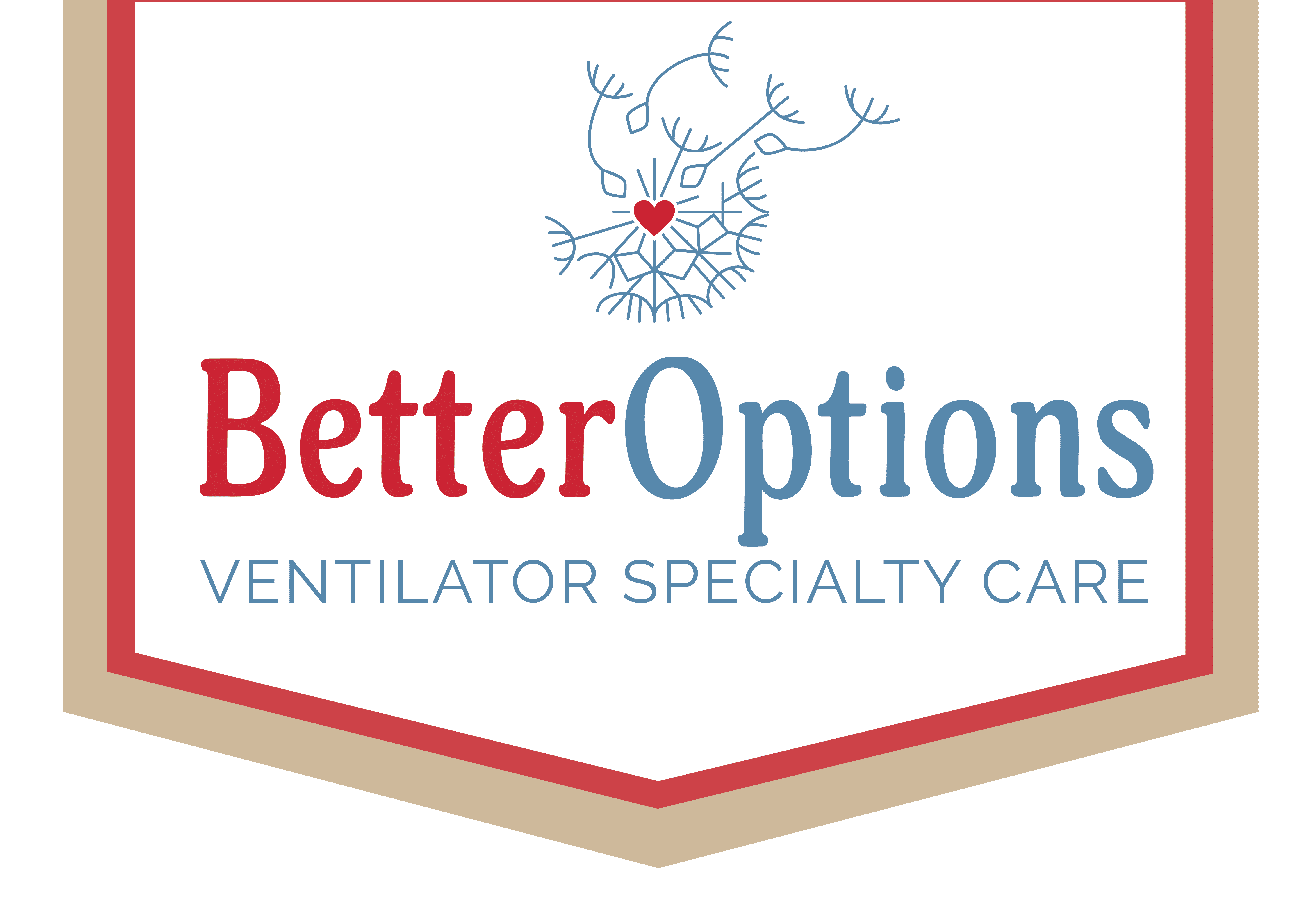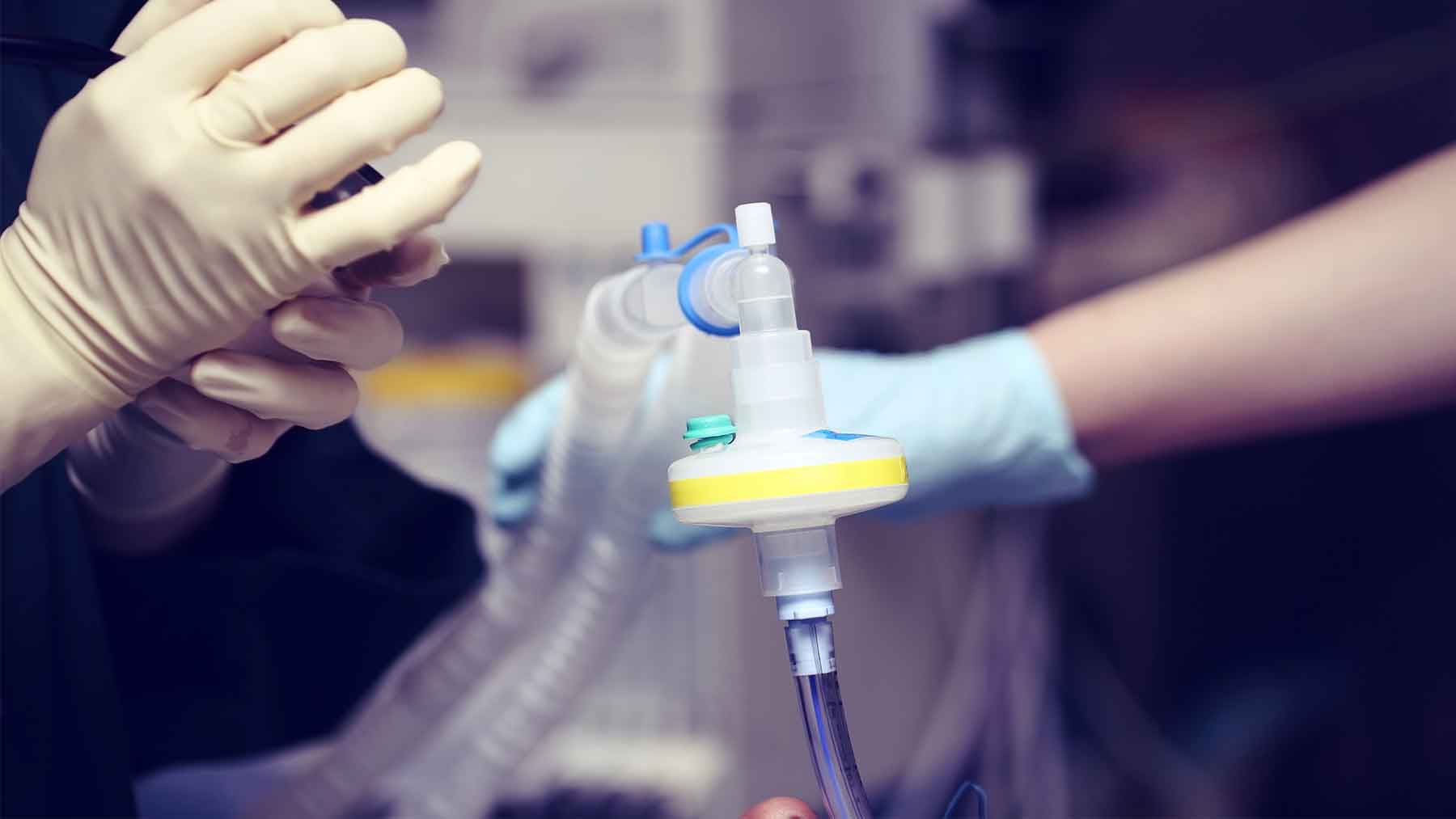Patients on ventilators are provided with artificial breathing with the help of a tube which passes through their throat to down in the lungs. This tube is removed after healthcare providers find a patient fit enough to breathe without the intervention of the machine. The process of removing endotracheal tube is known as extubation. Extubation involves keen observation and evaluation of respiratory function, level of consciousness and even vital signs patients show during ventilation. It is important to attest the capability of patients to clear airways secretions, protect airways and maintain adequate levels of oxygen as well before opting for extubation. This assessment helps physicians to decide whether it is safe to perform extubation at this stage.
After taking into account all concerned aspects of extubation, a team of medical professionals consisting of nurses, doctors and respiratory therapists work together to perform the procedure safely and comfortably.
In this article we will discuss a post extubation care plan for ventilator patients that can guarantee an easy transition to spontaneous breathing without any complication.
Post Extubation Care Plan For Ventilator Dependent Patients
1- Regular Monitoring
Patients may suffer from respiratory distress or any other health complication when exposed to natural breathing after a long time. It is thus a need to monitor and understand the gestures or changes inside the body of the patient like respiratory rate, blood pressure, heart rate and oxygen saturation level to determine if the decision of extubation was right or not. Pulse oximetry and ECG can help professionals to understand the early warning indicators of the patients.
2- Pain Management
It is obvious that at the time of extubation, patients may feel sore throat, discomfort and pain at the insertion point of the tube. Physicians must adopt appropriate strategies to relieve this pain and discomfort after considering the intubation period and health condition of the patient. Local anesthesia and the use of pain relief medicines can be a good option.
3- Airway Management
The patient after extubation can breathe freely only when his airway is clear and unclogged. Any obstruction inside airways can lead to extra pressure on lungs which may ultimately lead to further damage to respiratory organs and need to put patient again on ventilator. The therapists may recommend suctioning of secretions on regular basis and in some cases use of BiPAP machine, non-invasive positive pressure ventilating machine, to accommodate patient with extra support.
Chest physiotherapy can also be a part of airways management. Chest therapy exercises like coughing, deep breathing and incentive spirometry not only help in removing mucus from airway but also in improving lung function.
4- Respiratory Support
Extubation though occurs when the patient is capable of breathing independently, but still the patient may need supplemental oxygen supply to get to normal breathing. Staying on artificial breathing for a long period may affect the breathing capability of the patient and his body may take some time to revive his natural breathing mechanism. Keeping this in mind and avoid complications, the patient is accommodated with supplemental oxygen either via mask, nasal cannula or some other device. However, the oxygen requirement needs to be carefully regulated to maintain the desired level of oxygen saturation.
5- Swallowing Evaluation
Difficulty in swallowing is quite normal in the post extubation phase of ventilator patients. The presence of endotracheal tube inside the throat for a long time plus dependence on fluids for food may cause discomfort and pain when patients start swallowing food normally. The intervention of therapist is a must at this stage to assess the capability of patients to swallow without the fear of choking. The therapists also can suggest apt dietary recommendations for the patients at this stage along with proper oral care.
6- Mobilization and Rehabilitation
Patients who are critically ill generally go for ventilation support for longer periods, so are bedridden as well. On this note, mobilization is considered a crucial part of post-extubation care in ventilator patients. Patients are encouraged to perform body movements like sitting, standing and walking in order to reduce the chances of muscle atrophy. This is the point where physiotherapist jumps in; to fasten the rehabilitation process of the patient after weaning.
7- Discharge and Follow-Up Plan
The patient is extubated, monitored for every possible complication and thus managed accordingly; now it is time to discharge the patient. Healthcare team develops a proper discharge plan with follow-up visits schedule and care instructions to follow at home. The patient and his family members are provided with every key detail that is essential to consider during the recovery process of the patient. This communication helps to lessen the post-recovery trauma and encourages the patient to co-operate.
Complications to Look for After Extubation
The process of extubation seems quite simple; the patient is extubated and discharged happily, while it is not. In reality, healthcare professionals need to be vigilant for potential risks associated with post-extubation period. There are certain complications that are expected after ventilated patient is extubated:
Reintubation:
Patient in most cases needs reintubation due to airway compromise or respiratory distress.
Aspiration:
Patient is prone to pneumonia due to aspiration of gastric contents. It is important to check for aspiration symptoms to provide immediate aid.
Laryngeal Edema:
A high-pitched sound produced every time patient inspires, stridor, is an indication of laryngeal edema which is one of the possible outcomes of extubation and asks for immediate intervention.
Respiratory Distress:
Healthcare professionals carefully and promptly investigate unusual chest sounds and other signs indicating increased breathing workload or lowered oxygen saturation.
Conclusion
Post-extubation care plan for ventilator patients is a must but crucial part of the overall well-being of the patients. It involves paying attention to every detail that can ease or obstacle the shifting of artificial breathing to natural breathing mechanism. The burden of transition to spontaneous breathing does not lie on the shoulders of healthcare providers only but also the patient himself and his family members. This is the reason; healthcare professionals not only keenly observe the patient after extubation but also educate the patient and his relatives to avoid the risk of any potential complication. In a nutshell, a well-executed care plan puts the patient on track of fast recovery ensuring his well-being.
Do You Need Professionals To Look After Your Ventilator Dependent Patient 24/7?
If so, BetterOptions services is the perfect choice. We offer a home-like experience with top-notch ventilated patient care and integrated facilities. You can Call Us Now (+01) (360) 607-8028) OR Send An Email for further details.


